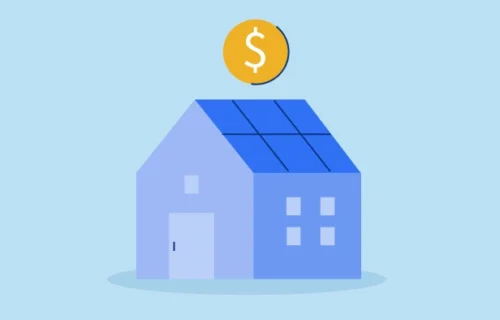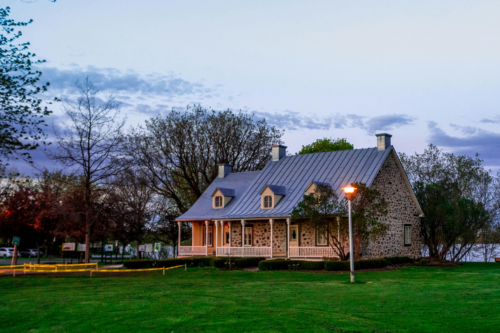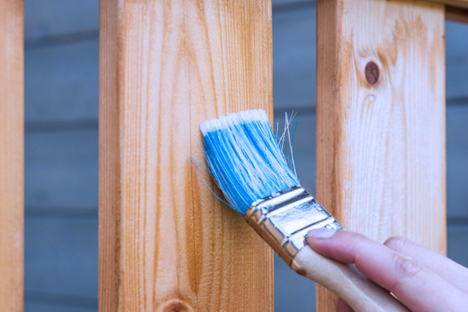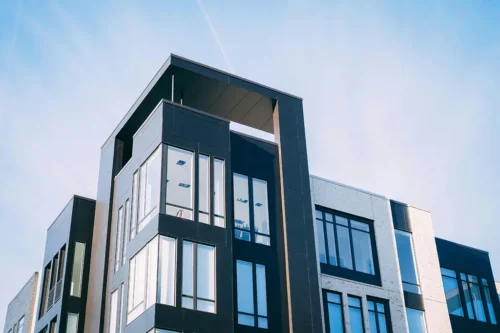
Connect with a Lima One expert today!
If you’d like to know more about this topic or see how it applies to your project, let’s talk.
The Fix and Flip Market is Thriving, and Investors are Benefitting
The Fix and Flip Market Is Booming This Year
The fix-and-flip market is red hot right now, and investors are reaping the benefits.
In late 2020, ATTOM Data Solutions reported that house-flipping profits reached their highest level in 20 years. In 2020, flipped homes generated a gross profit of $66,300 nationwide – up from $62,188 in 2019.
While investors saw a gross profit of $66,300, that translated into only a 40.5% ROI because they’re having to pay more for the homes they purchase, because the overall housing market is so hot.
Profit margins dipped in 2020 because the median value of the homes flipped increased more slowly than the median price they paid to purchase the homes. The latest ROI reflects a decrease of 1% from 2019 and a decrease of nearly 5% from 2018. This ROI percentage was the lowest point since 2011. This wasn’t a sign of weakness in the flipping market but instead an indicator of just how hot the market for all homes is.
Despite the record-high profit number, the fix-and-flip market also saw a decline in flipping activity. ATTOM data shows that 241,630 single-family homes and condos were flipped in 2020 – a 13% decrease from 2019 and the lowest point since 2016. This reflected an overall lag in housing construction because of pandemic slowdowns in permitting.
The enduring strength of the fix-and-flip real estate investing despite these factors shows that it is still a strong investment—albeit one that’s harder to execute than it may have been a few years ago.
Fix-and-flip properties require investors to buy low and sell high while paying close attention to housing trends. Flippers have an enormous opportunity to make a profit, but they need to be careful to manage timelines that are getting longer nationwide and increasing lumber and materials prices. Flippers who sold homes in 2020 took an average of 181 days to complete the flips, up slightly from an average of 177 days for homes flipped in 2019 and 178 days in 2018.
The national housing shortage and the urban mass exodus also helped contribute to the success of the fix-and-flip market. The inventory of existing homes for sale is at its lowest since 1999, and so nearly 6% of homes sold in 2020 were to fix-and-flip investors – the second highest percentage for any year since 2012. Opportunities are still there for fix-and-flip investors to profit, even though finding properties might be more difficult.
Larger cities like Atlanta, Philadelphia, and Chicago are experiencing tight housing inventories because of the COVID-inspired urban exodus. Because so many people suddenly needed to turn their home into an office or classroom, COVID created a demand for more space in suburban areas less densely populated. As a result, the single-family rental industry flourished, giving fix-and-flip investors a new demographic to reach and the ability to pivot from fix-and-flip to fix-and-hold strategies.
Investors expect that flipping will continue to boom this year. As families continue to leave cities and move into larger suburban homes, AlphaFlow estimates that fix-and-flip investors could sell $75 billion worth of homes over the next two years. For the past three years, that average has been around $56 billion.
With a market this hot, the last thing you want to do is miss out on a profitable investment opportunity. You need a lender that works as efficiently as you do so that you don’t miss out on properties that are harder and harder to find in a tight market. So whether you’re looking at your first fix-and-flip investment or 100th, Lima One has the FixNFlip loan options you’re looking for. We offer the industry’s best and most flexible suite of FixNFlip loans. When it’s time to fund your next flip, let Lima One help you. Get started today.
Subscribe for More Insights
Get the latest industry news & Lima One updates.









